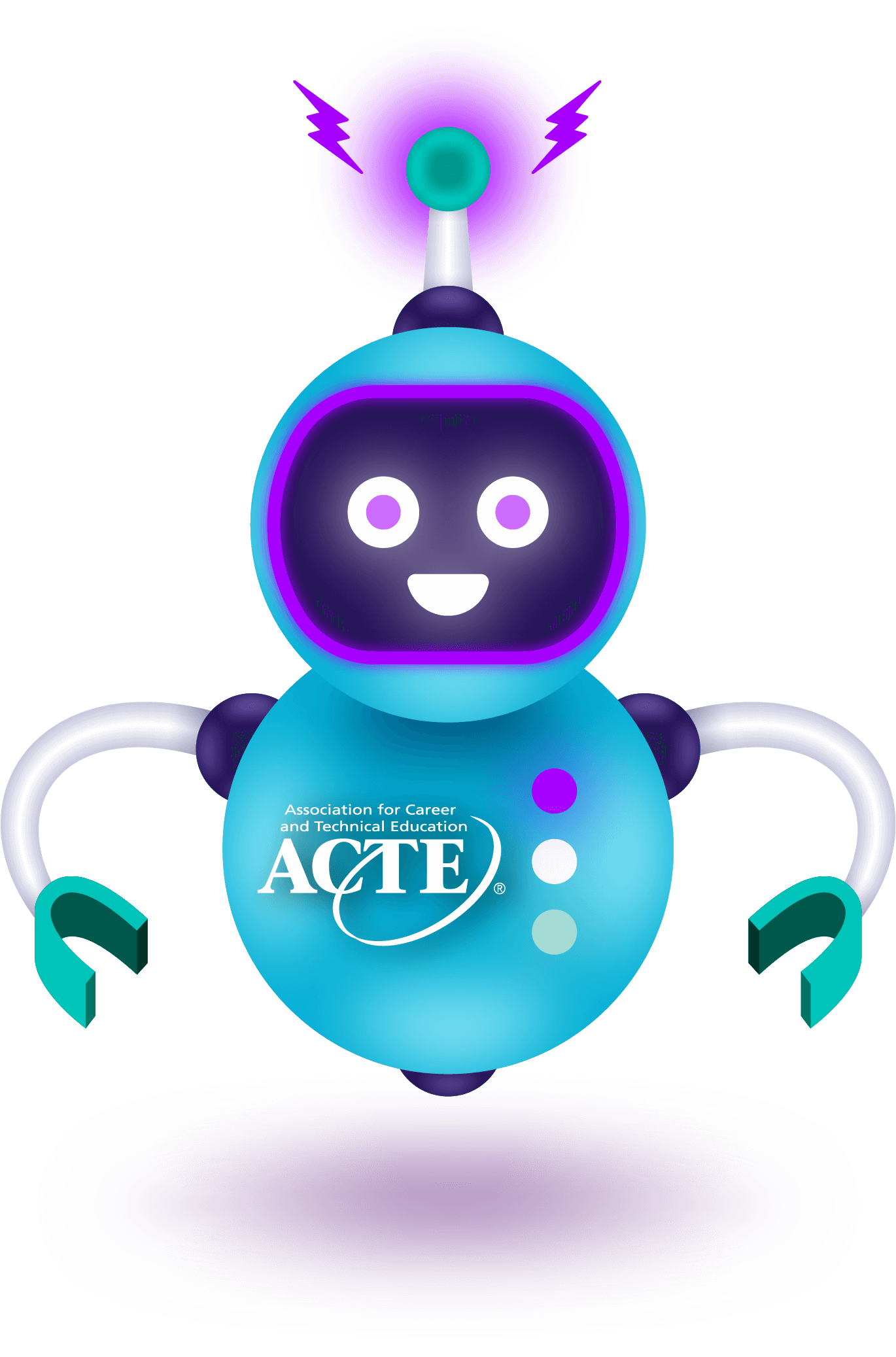Smartphones, first popularized in the early 2000s, expanded fast — both in terms of number and capacity. Nearly 90% of the world’s population owns a smart device. In the United States alone, research from the Consumer Technology Association revealed that smartphones can be found in 87% percent of homes, second only to televisions (96%).
Not only do we own them, but our devices act as our individual companions throughout the day. Nearly 80% percent of smartphone users in the U.S. keep their smartphones near them all but two hours of each day. Why did this happen? And how? Well, because smartphones are versatile. Anyone can connect to their social or business networks, at any time, using a variety of communication methods. We use utility features like alarms, timers and weather forecasts. Further still, we use these devices for entertainment and education.
Twenty-first century educators, especially those in career and technical education (CTE), know that education is best delivered in small chunks. And information is better retained when the individual controls the pace of their learning.
An on-demand approach to learning
What if we could combine an on-demand approach to learning with content that sparks learners’ individual motivation to relate and make meaning? That system exists! Micro-credentialing programs provide relevant, bite-sized learning activities that CTE students may complete on their smartphones, in the classroom or on the job site, 24/7.
Micro-credentials offer students the opportunity to earn recognition for their knowledge and skills and track their progress through a CTE program of study. Further, educators and employers can use micro-credentials to gauge understanding and technical competence. With a foundation anchored in industry standards, the NOCTI system of micro-credentialing combines new and emerging technological advances with longstanding educational research to enhance achievement and motivation toward workplace goals.

How do micro-credentials work?
CTE educators know that recognition for learning gains increases motivation to learn. Digital badging, in particular, has a prominent impact on any form of competency-based education delivery. NOCTI’s micro-credentialing program focuses on leveraging technology in collaboration with what we know about control and motivation to enhance student success. Further, and perhaps most importantly, the content delivers national industry standards across all the recognized clusters and pathways.
NOCTI, a nonprofit dedicated to CTE, and its partners maintain current national industry standards in close to 200 technical occupations. Subject matter experts and educators drive the content of each micro-credential, structured in a learning management system (LMS). Overall competencies are broken down into even finer categories called targeted skills. Using a modified job and task analysis, these targeted skills represent distinct pieces of content.
The learner can work through learning activities and instructional resources tied to these targeted skills in any order, at any time, accessed via the LMS. CTE teachers use the LMS to grant access to content, communicate important information and dates, and monitor progress. These tools also provide educators with information on the amount of time the learner spent in the content and whether they used other resources within the LMS. The LMS contains self-checks, keywords and sites to search for additional information.
Assessing skill development
CTE teachers proctor the micro-credentialing assessment. Or, a virtual remote proctor may administer this task. The learner signals the teacher when they are ready to test their knowledge — again emphasizing learner control. If the learner fails to meet the proficiency level, they can review the content and try the credentialing assessment again. In fact, learners benefit from unlimited access to the LMS over the course of the academic year. So, they can review content regardless of success on the micro- credentialing assessment. The LMS allows the learner to easily locate and access specific content within the micro-credential so there is no need to repeat content in which the learner is confident.
Awarding digital badges
The last component of the micro-credentialing system is the recognition the learner acquires through digital badging. Learners collect digital badges as they progress through a chosen CTE program of study. They can then download the digital badge and/or its metadata to share with potential employers, current supervisors, and/or family members. Digital badges can also be exported to share in professional and social networks. This aspect of gamification, which research has shown can increase motivation, further enhances student involvement in their own learning.

Micro-credentials can be used synchronously or asynchronously by teachers and learners at a variety of levels.
NOCTI has made this system available 24/7, from any device. And the driving force? We want to offer all learners the opportunity to earn recognition for their knowledge and skills within an occupational or in areas such as critical thinking skills or safety. In addition, there is a strong focus on developing learning tools that specifically target CTE. Micro-credentialing programs offer flexible, quick bursts of learning activities that integrate into existing learning plans. Further, students may access the learning content from anywhere, using any device. This adds value to the content as a review tool or an on-the-job refresher.
Micro-credentials offer a variety of opportunities for CTE students at all levels. CTE teachers and learners can take advantage of the flexibility of the LMS, whether integrating the content into classroom lessons or self-paced work outside of the classroom. With a foundation anchored in industry standards, the NOCTI system of micro-credentialing combines new and emerging technological advances with longstanding educational research to enhance achievement and motivation toward workplace goals.
John C. Foster is president and CEO of NOCTI.







